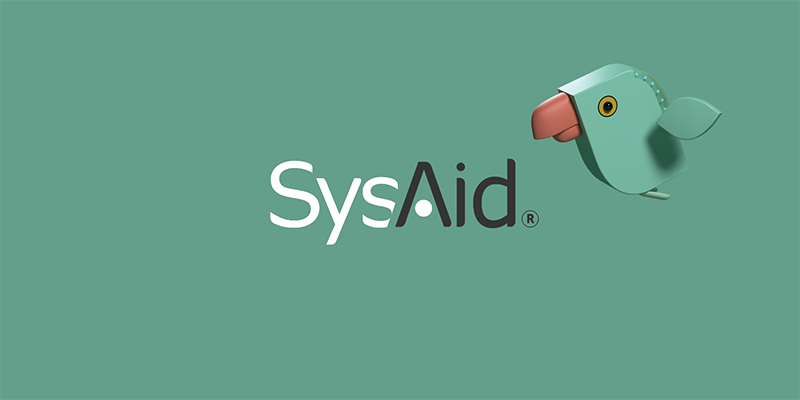5 Tips for IT to Better Manage the Customer Experience
Customer experience is becoming increasingly important to corporate IT departments and the people they serve. For those who provide workplace IT, customer, or end-user, experiences need to improve in order to match consumer-world equivalents. Failing to do so only increases the potential for employee discontent with corporate IT services and support.

The terms “customer experience” and “customer satisfaction” are often used interchangeably, but they are not quite the same thing:
- Experiences are the individual emotional responses during an interaction (with a product or service provider).
- Satisfaction is an emotional measure, or rating, of how the customer felt after the interaction. Sometimes satisfaction can be surveyed any time following an encounter, but is most accurate when measured at the “point of experience” – immediately after a specific interaction.
Feedback solicited and collected at the point of experience has more weight because it’s closest to the situation the customer recalls, both in context and timing. And a delay in collecting feedback is one of the biggest mistakes when surveying for satisfaction, along with asking too general a question, asking about multiple encounters, or covering too long a period.
In (better) understanding customer experience, it’s important to understand something called “moments of truth” (MOTs). I’ll get to that soon.
The Stages in Customer Experience
The lifecycle of an experience can be viewed from the customer or the provider perspective.
The customer perspective typically has three major stages: before, during, and after consumption or use of a product or service. The provider perspective is more of a marketing view and can span reach, engage, convert, serve, retain, reference, and grow.
Both perspectives offer important insights into where the customer experience happens, and can be influenced to translate satisfied customers into loyal ones who return time and time again, as well as those who become advocates and promoters.
The Key Measurement Points in Customer Experience
There’s no shortage of points within an encounter where a measurement can be placed. But, if you want to take stock of the customer experience you are providing, then you should focus on those MOTs I mentioned above.
There are six traditional MOTs, and you’ll likely recognize some:
- First contact
- Greet
- Use
- Thank you or exit
- Last contact
- Next contact
Hopefully, you’ve been welcomed into establishments such as restaurants, bars, or hotels, for example, after first calling to reserve a table or a room (“first contact”). That welcome was a “greet” MOT. Similarly, you’ve likely been checked upon during your stay (“use”), and thanked when leaving (“exit”). You may have even been called by the sales representative who sold or serviced your car (“last contact”), which may have also been used to sell you on something else (“next contact” or upsell/cross sell).
But have you ever stopped to think about what the MOTs for internal IT service delivery and support are? And how well your IT department fares?
5 Tips for Better Managing Customer Experience
Below are five key tips on how best to blend these customer experience concepts into an existing IT service management (ITSM) initiative or ecosystem:
- It’s critical to know and catalog significant and commonly occurring service requests as service encounters. This includes what ITIL terms an “incident.” If possible, describe them in the customer’s language, for example: “request a replacement computer” or “request project management software for a new contractor.”
- Separate each encounter into its (1) before, (2) during, and (3) after stages, and identify where any of the common six MOTs exist. Make special note that a self-service portal and service request catalog will likely be part of any before interactions, updates on progress during fulfilment or support will likely be part of the during stage, and a personal callback or satisfaction survey is after.
- Discover any other key interactions you know to greatly influence the end-user’s or customer’s emotions, e.g. what makes them happy or angry. These are likely additional MOTs.
- Within any encounter and stage, and for each MOT, know whether you have some form of survey method in place. Locate any recent satisfaction-styled feedback, or simply take a new survey at the next suitable opportunity. Automate the survey technique where you can, and keep it simple – starting with a binary “Are you happy or not?” yes-or-no styled prompt.
- If unsatisfactory, ask what can be done to eliminate, or mitigate, any issues to improve matters. And incorporate the previous four tips into some form of ongoing program or activity to know and manage the customer experience as part of a continuous improvement initiative or program.
Keeping in mind the limited scope within traditional ITSM courses and books – of their coverage of customer experience – an IT department can certainly learn a lot from how B2C organizations, such as hotels, for example, respect and manage the customer experience. But remember, the customer experience is just one of the things that customers will value – alongside a successful outcome and cost.
Ultimately, every day, each one of us, at home and at work, has many service encounters, with the associated customer experiences – some of which shape expectations, influence our perception of the value of a relationship, and inform our decisions regarding loyalty and advocacy. And, importantly, this now applies more and more to internal service providers such as IT.
Did you find this interesting?Share it with others:
Did you find this interesting? Share it with others:






